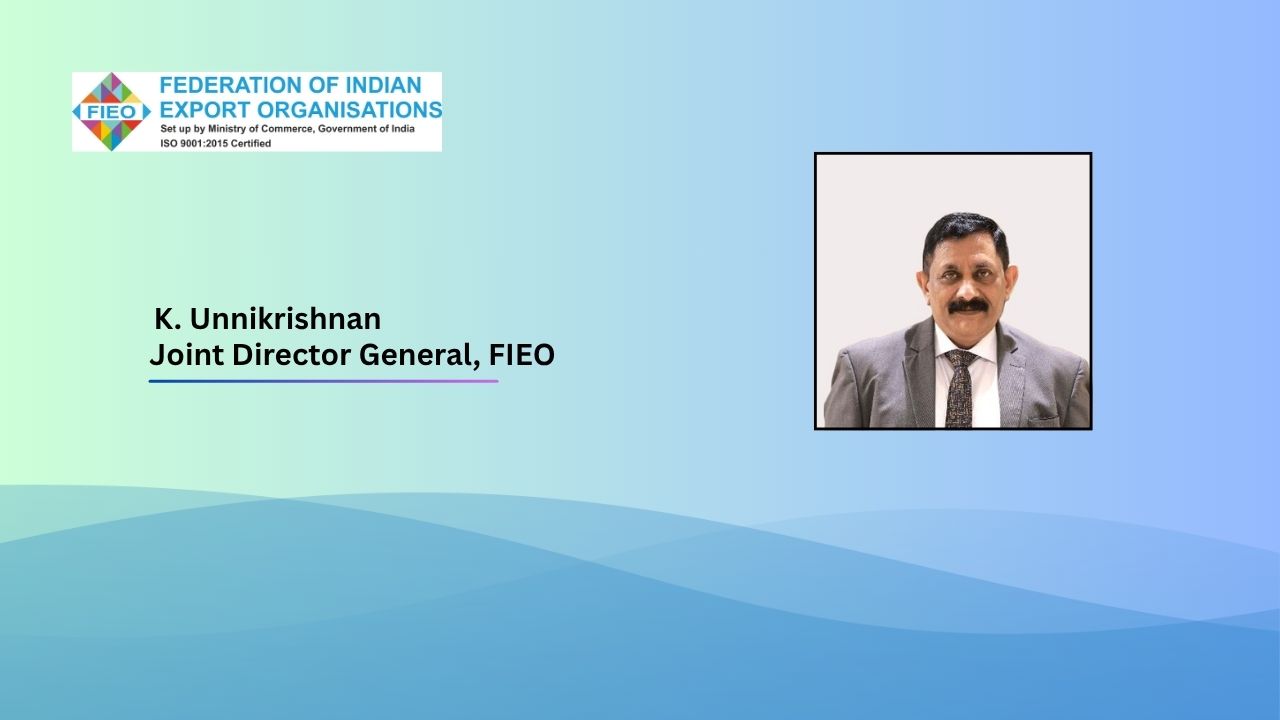Top 10 Trends in the Architectural Glass Industry in 2025

The architectural glass industry in 2025 is thriving at the intersection of design innovation, sustainability and technological advancements. Glass remains a critical material in modern architecture, celebrated for its ability to enhance aesthetics, functionality and energy efficiency.
As demand for greener and smarter buildings grows, the industry is evolving to meet these needs with cutting-edge trends.
Here are the top 10 trends shaping the architectural glass industry in 2025.
1. Circular Economy and Recycled Glass
Sustainability is at the forefront of the architectural glass industry. In 2025, more manufacturers are adopting circular economy practices by incorporating recycled glass (cullet) into their production processes. Glass is infinitely recyclable without losing quality and using cullet reduces energy consumption and carbon emissions.
Construction projects are increasingly implementing closed-loop systems, where old glass from demolition sites is collected, recycled and reused in new projects. Cradle-to-cradle certifications for glass products are becoming the standard.
2. Building-Integrated Photovoltaics (BIPV)
Architectural glass is no longer just a passive element—it is now an active energy generator. Building-integrated photovoltaics (BIPV) embed solar cells into glass façades, windows and roofs, turning buildings into power plants.
With efficiency improvements and the development of transparent solar panels, BIPV systems are now seamlessly integrated into building designs without compromising aesthetics. In 2025, this technology is playing a pivotal role in net-zero energy construction.
4. Ultra-Thin Glass
Advancements in manufacturing have led to the rise of ultra-thin glass, which is lightweight, durable and versatile. Despite its thin profile, this glass is exceptionally strong and can be used in façades, partitions and even curved applications.
In 2025, ultra-thin glass is enabling more creative and innovative designs, including transparent, floating structures and minimalistic interiors. Its reduced material usage also aligns with sustainability goals.
5. Energy-Efficient Coatings
Low-emissivity (Low-E) coatings are a staple of energy-efficient architectural glass, but innovations in coating technologies are pushing the boundaries further in 2025. Multi-functional coatings now offer properties such as UV protection, heat rejection and self-cleaning surfaces, all in a single layer.
These advanced coatings improve indoor comfort, reduce energy consumption and extend the lifespan of the glass, making them a critical component of modern building design.
6. Acoustic Insulation Glass
As urbanization continues, the demand for soundproofing solutions has surged. Acoustic insulation glass is gaining popularity in 2025, providing noise reduction without compromising transparency or aesthetics.
Laminated glass with specialized interlayers is commonly used in high-traffic areas such as airports, hotels and urban residences, creating quieter and more comfortable environments.
7. Curved and Customizable Glass
Architects in 2025 are embracing the creative potential of curved and customizable glass. Advances in manufacturing allow for more precise shaping and bending, enabling the creation of stunning curved façades and windows.
Customization extends beyond shape, with designers increasingly using digital printing and etching technologies to add patterns, textures and artwork to glass surfaces, turning buildings into unique works of art.
8. Self-Healing Glass
One of the most exciting innovations in 2025 is self-healing glass. Inspired by developments in materials science, this glass can repair minor scratches and cracks through heat activation or exposure to sunlight.
While still in the early stages of adoption, self-healing glass holds immense potential for reducing maintenance costs and extending the lifespan of architectural glass in high-traffic areas.
9. Dynamic Daylighting Systems
Daylighting remains a priority in sustainable architecture and dynamic glass systems are leading the charge in 2025. These systems integrate smart glass technologies with sensors and automated controls to optimize natural light while minimizing glare and heat gain.
By improving indoor lighting conditions and reducing reliance on artificial lighting, dynamic daylighting systems contribute to energy savings and enhance occupant well-being.
9. Smart Glass Technology
Smart glass continues to gain traction as a transformative material in architectural design. Technologies such as electrochromic, thermochromic and photochromic glass allow windows to change their tint dynamically in response to light, temperature or user commands. These solutions enhance energy efficiency by reducing reliance on artificial lighting and HVAC systems.
In 2025, advancements in smart glass have made it more affordable and accessible, driving adoption across commercial, residential and public buildings. Integrations with Internet of Things (IoT) platforms now enable building owners to control glass properties remotely, optimizing energy use in real-time.
10. AI and Digital Tools in Glass Design
Artificial intelligence (AI) and digital tools are revolutionizing how glass is designed and implemented. AI algorithms analyse factors like climate, orientation and energy needs to recommend the most efficient glass solutions for specific projects.
Digital twins – Virtual replicas of buildings are being used to simulate the performance of glass systems before installation, ensuring optimal design and functionality. This data-driven approach is reducing errors, costs, and environmental impact.
In 2025, the architectural glass industry is at the forefront of innovation, blending aesthetics, sustainability and technology. From smart and self-healing glass to energy-generating façades and recycled materials, the trends shaping the industry reflect a commitment to creating buildings that are not only visually stunning but also environmentally responsible.
As a glass processor and manufacturing leader, we continue to collaborate with the industry stakeholders. The future of architectural glass promises to be even more dynamic, sustainable and integrated into the fabric of modern cities.
Author: Mr. Suhel Kachwala, Managing Director, FG Glass Industries Pvt. Ltd.
Disclaimer: Views expressed in the article are the personal opinions of the author.











